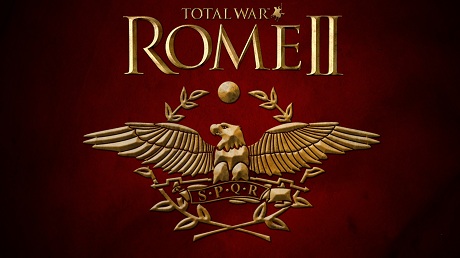Assault Tetreres - Thureos Spears
Ramming attacks from these ships inflict terrible damage.These well-trained warriors are a flexible force of skirmishing hoplites.
There is a good deal of debate as to how large ancient warships worked; the principles are understood, but the details are not always so clear. A Roman 'quadreme' or Greek 'tetreres' would seem to have four rows of oars if the name is translated literally. However, it is unclear how four sets of oars each with one rower apiece could be used without them getting in a terrible tangle even with a magnificently trained crew, or how the top set of rowers would be able to handle the extremely long oars pitched at a steep angle and still produce any power. The chances are that the term 'oar' had become synonymous with 'rower' and that the lowest bank had more than one man per oar. The other option was to go back to a double row of oars, with two men apiece. Two banks of oars would also have made for a cheaper construction task for each ship. Either way, the result was a ship that could rival the lighter trireme in speed, yet had more deck space for a large fighting contingent or artillery pieces.
(Thureos Spears)
Light Greek infantry, the thureophoroi developed around the early 4th century BC, and straddled the gap between the phalanx and the skirmishing peltasts. Named after the thureos, their large oval shields, they were more heavily armoured than the traditional Thracian and Greek peltast. Able to both skirmish and form up as a phalanx, they were used to guard the flanks and protect other light troops. Their shield, normally made from wood and covered with leather, had a central handgrip that was protected by a vertical spine and a metal boss-like strip, and may have been inspired by Celtic or Roman shields of the time. Like the longer sarissa, the spears used by the thureophoroi had a weighted butt-spike to provide balance, but this also allowed them to throw javelins, if so equipped, by jamming their spears into the ground. Able to fulfil a variety of roles, thureophoroi were common amongst both citizen and mercenary units of the Greek city-states until they were eclipsed by the Macedonian phalanxes of Phillip II and Alexander the Great.
Unit Name Assault Tetreres - Thureos Spears |
Main Unit Key Gre_Thureos_Four |
Land Unit Key Gre_Thureos_Spears |
Naval Unit Key greek_four |
Soldiers 120 |
Category Medium Ship |
Class Melee Ship |
Custom Battle Cost 740 |
Recruitment Cost 740 |
Upkeep Cost 148 |
Missile Damage 29 |
├ Missile Weapon rome_javelin_light |
├ Projectile javelin_light |
├ Missile Damage 20 |
├ Missile Ap Damage 9 |
└ Base Reload Time 10 |
Accuracy 5 |
Range 80 |
Reload 0 |
Shots Per Minute 6 |
Ammunition 5 |
Ship Health 825 |
└ Ship greek_four |
Ship Speed 6 |
Melee Attack 24 |
Weapon Damage 25 |
├ Melee Weapon rome_spear |
├ Melee Damage Base 20 |
├ Melee Damage Ap 5 |
├ Armour Piercing No |
├ Bonus vs. Large 20 |
├ Bonus vs Elephants 20 |
└ Bonus vs Infantry 0 |
Charge Bonus 26 |
Melee Defence 55 |
├ Base Defence 30 |
├ Shield thureos |
└ Shield Defence 25 |
Armour 70 |
├ Armour spolas |
├ Armour Defence 35 |
└ Shield Armour 35 |
Health 50 |
├ Man Entity rome_infantry_medium_fast |
├ Man Health 40 |
└ Bonus Hit Points 10 |
Base Morale 50 |
Abilities
Assault Tetreres- Row Hard 20
Increases speed for 20 strokes.
Ship speed
- Square
The unit moves into a close square formation.
Bracing, morale, melee defence
Can't move
Attributes
- Disciplined
This unit does not suffer a morale penalty when the general dies. It can also rally after routing more often. - Formation Attack
The unit will try to stay in formation when in melee. - Hide (forest)
This unit can hide in forests until enemy units get too close.
Strengths & Weaknesses
Assault Tetreres- Average hull strength
- Medium crew
- Average speed
- Average ramming
- Average boarding
- Good defensive unit
- Low damage but average armour penetration
- Average attack
- Normal morale
| Faction Availability | |
|---|---|
| Grand Campaign | |
| Samnite Wars | |
| Hannibal at the Gates | |
| Imperator Augustus | |


 Français
Français Italiano
Italiano Deutsch
Deutsch Español
Español Русский
Русский Čeština
Čeština Polski
Polski Türkçe
Türkçe 简体中文
简体中文 正體中文
正體中文 日本語
日本語












